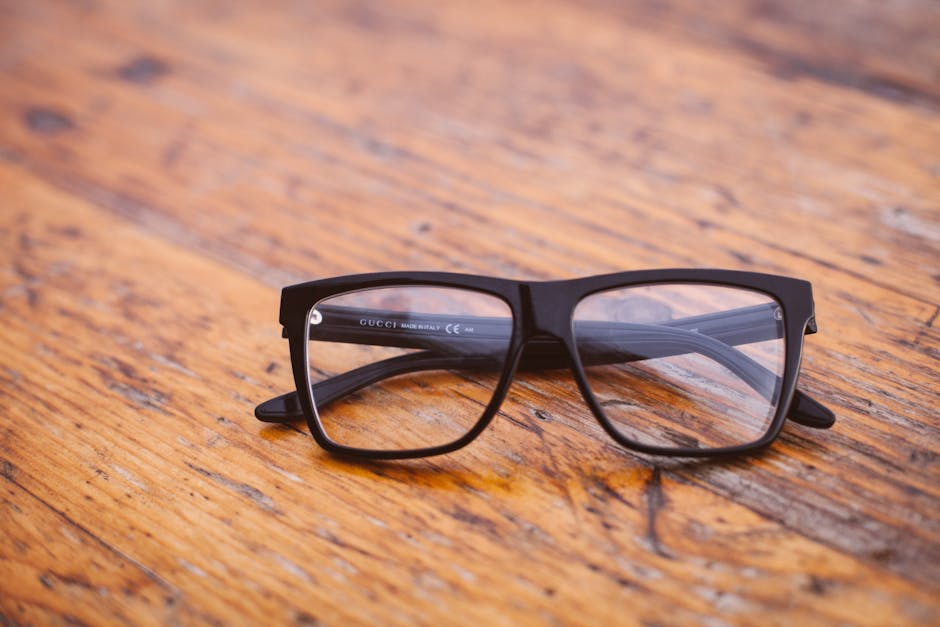Not all blue light glasses work the same way. Learn how to pick the right lens type, timing, and features for your specific screen habits and sleep goals.

You walk into a store looking for blue light glasses and face a wall of options. Clear lenses, amber lenses, reading glasses, clip-ons – the choices seem endless. Sound familiar?
The problem is that most people treat like a one-size-fits-all solution. You grab the first pair you see, wear them randomly throughout the day, and wonder why you still feel eye strain or struggle to fall asleep. The truth is, different activities and times of day require different approaches to blue light protection.
Your screen habits determine which lens type you need. Clear or lightly tinted lenses work best during daytime computer work because they filter harmful blue light while maintaining color accuracy. You can wear these all day without affecting your natural alertness.
Amber or orange-tinted lenses serve a different purpose. These block more blue light spectrum and work best 2-3 hours before bedtime. They help your body prepare for sleep by allowing natural melatonin production. However, wearing amber lenses during the day can make you feel drowsy.
Look for glasses that filter specific wavelengths between 380-550nm. This range targets the most problematic blue light frequencies. Quality glasses should block up to 99% of this spectrum without compromising visual clarity.
You'll want comfortable frames if you plan to wear glasses for hours at a time. Lightweight materials like TR90 won't create pressure points that leave you with headaches. Adjustable nose pads and flexible hinges stop your glasses from sliding down your nose during marathon work sessions.
If you already wear prescription glasses, you have three options: clip-ons, fit-overs, or prescription blue light lenses. Clip-ons attach directly to your existing frames and offer portability. Fit-overs slide over your entire glasses frame and provide fuller coverage. Both options let you add blue light protection without replacing your prescription lenses.
Start by identifying your primary concern: daytime eye strain or nighttime sleep disruption. Choose clear lenses for work hours and amber lenses for evening use. If you wear prescription glasses, consider clip-on or fit-over options for flexibility.
Don't let a low price tag fool you when it comes to eye protection. Look for companies that provide specific wavelength filtering information and offer return policies so you can test effectiveness.
